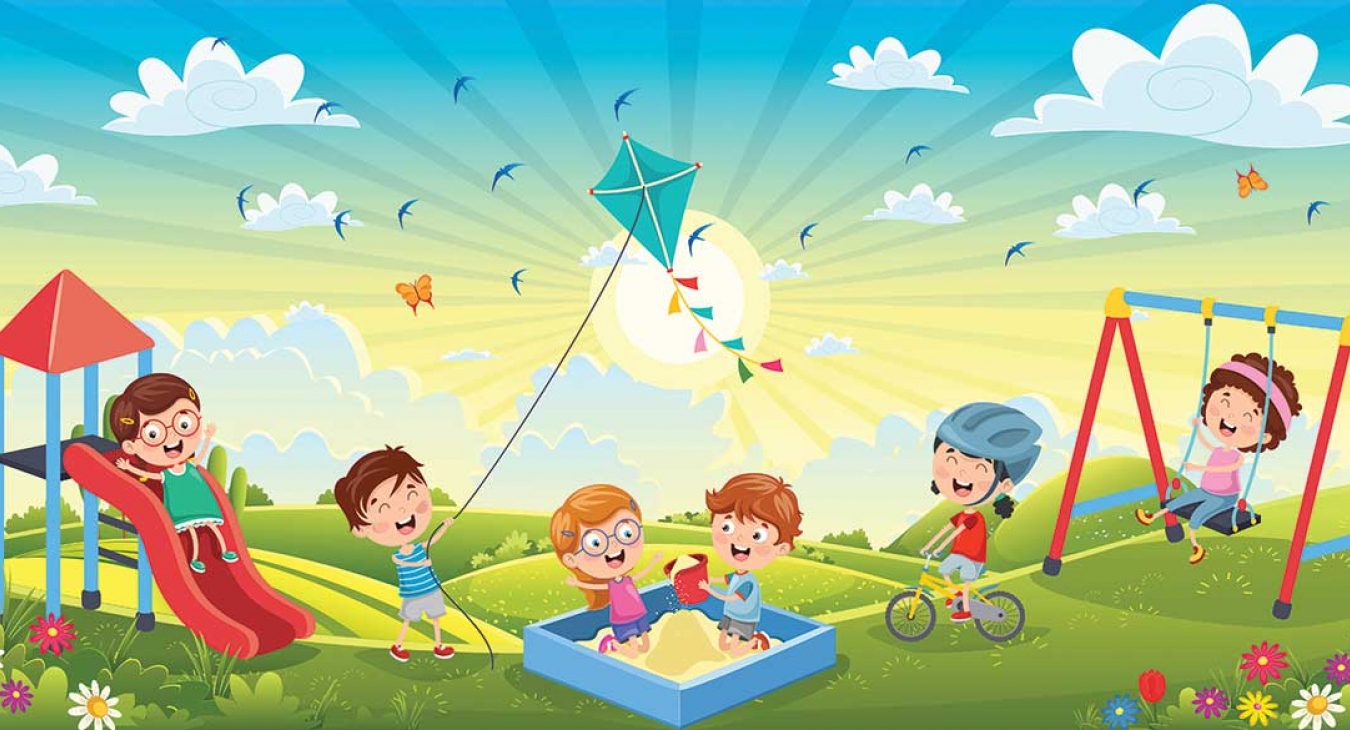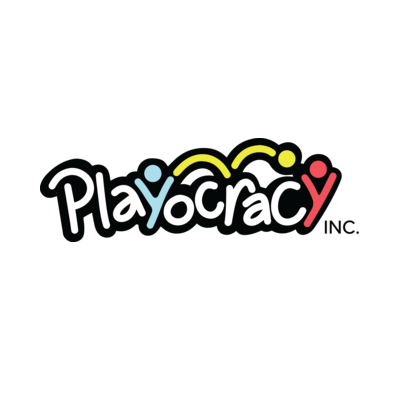As soon as the girls had completed their homework, Mom signaled, “hey girls, it’s Playtime!” Immediately Suzie ran to the balcony of their apartment and tossing the ball to Stephanie, yelled – “Catch!” Stephanie attempted to grab the ball, but it slipped out of her tiny palms. She exclaimed- “Oops! I missed again” to which her sister replied, “try one more time”. The ball toss continued till little Stephanie proudly declared - “Yipee…I finally caught it!” Suzie too was delighted and said, “Playing is so much fun!!”
Play is a multifaceted activity ranging from peekaboo, patty-cake, and Lego to organized sports like soccer or gymnastics. Research indicates that between three and twelve, a child’s physical growth accelerates, making them pursue vigorous outdoor activities like running, climbing and jumping. This stimulates their muscle growth, activates their digestive system and enhances their brain development (Jenson, 2000). Hence, children’s impulse to play is a biological, psychological and social necessity that propels them to engage in diverse activities, both indoors and outdoors and their innate desire to explore the world determines the intent and content of their play.
Factors Influencing Play Today
Although play is dominantly a biologically-based activity of children’s lives in all cultures, it mirrors their family ethnic practices and social values. The radical shift from physical to sedentary play activities has garnered attention from educators and health professionals in ‘digital India’ too. According to reports by EduSports (2014), an annual health and fitness survey, 40% of Indian children suffered from chest infections and lifestyle diseases like obesity and hypertension, due to the consumption of junk food propelled by their addiction to technology and apathy towards physical activities. Children’s low endurance levels and unhealthy body mass index have also compelled doctors to recommend that
"Every child below the age of 16 should engage in some form of outdoor activity for at least 45 minutes a day (Agarwal, 2015).
In the last decade, the predominant site of children’s play has moved from public spaces like streets to semi-public spaces like playgrounds or parks and gradually shifted indoors. Ginsburg (2007) attributes the decrease in child-initiated free play to socio-cultural trends such as reduced multigenerational households, the professionalization of parenthood, rigorous academic coursework, media-centered activities and safety concerns voiced by parents.
The rapidly evolving consumption patterns of portable and versatile electronic devices have triggered a pervasive shift from nature-based recreation to indoor screen time in many communities today. The dominance of digital culture in an increasingly urbanized world offers children few opportunities for healthy play. Nowadays, children are rarely seen playing independently outdoors as sedentary lifestyles outweigh active play increasing their risk of developing short sight, cardiovascular and respiratory diseases at a young age.
While the World Health Organization (WHO) has indicated a surge in ‘screen dependency disorders’, there has been a dramatic reduction in public outdoor provision, especially in developed countries. Previous attempts to explain the decline in outdoor activities highlighted the barriers to play, whereas current research focuses on the inducements for children indoors.
"In urban areas, children are shielded due to ‘helicopter-parenting’ for three main reasons – decline in the provision of public play facilities, the rising tide of parental fear about children’s safety and anxieties about the changing nature of childhood. Modern-day parents act as “gatekeepers” and their mollycoddling often restricts children’s play to the front yard, as most parents feel kids are safer in front of the Xbox in the next room” (Louv, 2005).
Conscious initiatives are being made to engage kids in moderate to vigorous physical activity (MVPA) from an early age. For instance, in a cosmopolitan city like Bengaluru, commercialized playscapes like Play Arena, E-Zone and Decathlon provide sporting equipment and offer ample space for children and adults to interact with each other by participating in friendly matches on a regular basis at a minimal cost.
In fact, the International Play Association’s ‘Declaration on the importance of play’ (2014) affirms the need to protect, preserve and promote a child’s ‘right to play’ (Article 31, UNCRC). Children are ‘hardwired’ to move and play, so it is essential to equip them with safe spaces to reap the benefits of play by affording them the time, space and opportunity to access outdoor play.
Therefore, parents, teachers, local and national policy-makers need to work in tandem to generate unequivocal support for children’s play and promote their holistic development. Let’s create a world where kids can explore their environment, engage with people and enjoy an active and happy childhood.






















Add new comment